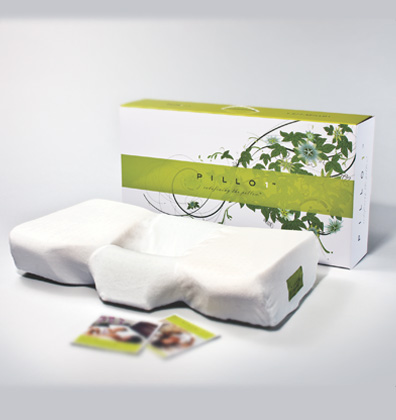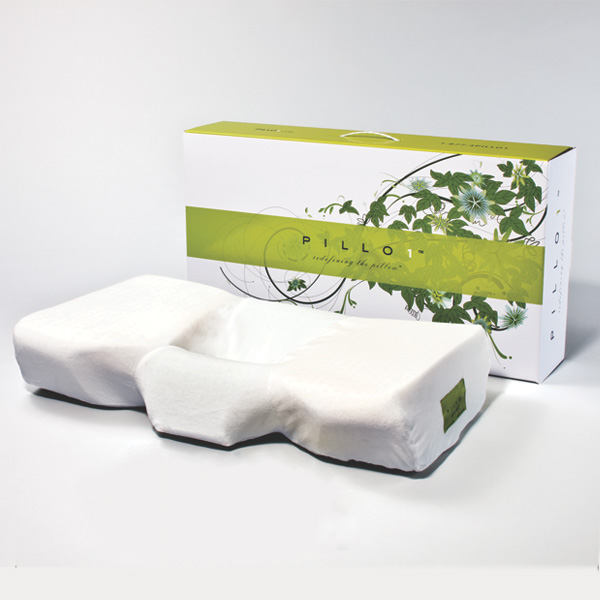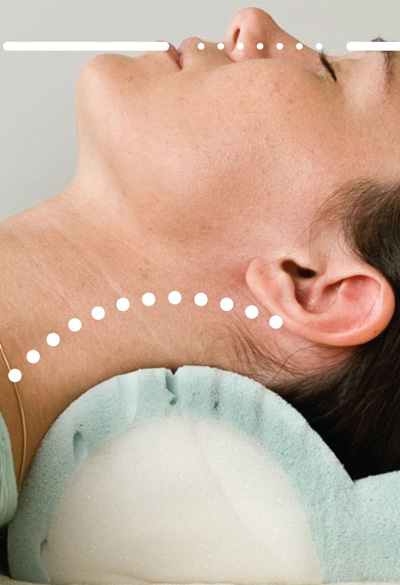No products in the cart.

How to Regain Neck Mobility With These 8 Stretches
Neck pain is one of the most common major musculoskeletal disorders impacting 75% of all adults at some point in their lives and accounting for ⅓ of all healthcare costs in the US. Neck pain may also contribute to, or result from, a disability, affecting your quality of life.
Don’t let neck mobility issues slow you down! Find relief and improve your range of motion with these eight neck mobility exercises.
Before You Start
Your first step should always be to take the time to stretch to loosen your muscles and prevent future injuries.
Stretching is also beneficial for:
-Flexibility
-Range of motion
-Blood flow
-Pain relief
1. You don’t need to try all eight of these stretches at once.We recommend that you start by choosing one or two – spending between thirty to sixty seconds on each.
2. Unless otherwise specified, these exercises can be performed standing or seated. Many of these neck mobility exercises are perfect to try from your work desk.
3. Make sure to move slowly and smoothly. If you’re in pain, stop.
4. Try to schedule these mobility exercises three times a week. With daily stretching, you can relieve your pain and improve your neck’s mobility.
You’re ready to start! Read below to learn how to perform these pain-relieving exercises.
1. Forward and Back
1. Starting with your head over your shoulders and your back straight, lower your head to your chest.
2. Hold for 15 to 30 seconds. Try to stay relaxed as you slowly lift your head to the starting position
3. Tilt your chin toward the sky bringing the back of your head toward your back.
4. Hold for about 10 seconds before returning to your starting position.
Complete this exercise every day to improve your mobility.
2. Side to Side
1. Perform this exercise in a standing position.
2. Keep your feet hip-width apart. Position your arms at your sides.
3. Tilt your head toward one shoulder – touching your shoulder to your ear. Stop once you feel your muscles stretch.
4. Hold the stretch for about 10 seconds.
4. After returning to the start position, repeat on the other side.
6. Work your way up to 10 repetitions.
3. Side Rotations
1. Keep your back straight and head over your shoulders.
2. Turn your head slowly to the right. You should feel the muscles in your neck and shoulder stretch.
3. Hold for about 30 seconds, then, return your head to the starting position.
4. Repeat on the opposite side.
Complete 10 sets.
4. Seated Clasped-Neck Stretch
This stretch will target your upper-back muscles and trapezius.
1. Perform this exercise from a seated position
2. Once you’re comfortable, make sure your body is aligned.
3. Clasp your hands with both palms at the back of your head.
4. Press your hands gently down toward your thighs.
5. Tuck your chin into your chest.
6. Hold this position for at least 30 seconds.
If you feel uncomfortable, try using only one hand.
5. Upper Trapezius Stretch
1. Place one hand on your lower back.
2. Position the other hand on the opposite side of your head.
3. Gently and slowly pull your head toward your shoulder while looking straight ahead until you feel your muscles stretch.
4. Hold for about 30 seconds
5. Repeating on the opposite side.
6. Keeping your arm tucked behind your back can offer a more targeted stretch.
6. The Bridge
This stretch will improve mobility in your middle back.
1. Start lying on your back, face-up.
2. Bend your knees and keep your feet hip-width apart.
3. Place your hands and feet firmly on the ground and lift your hips off the floor.
4. Keeping hands clasped together below your pelvis, extend through the arms.
5. Make sure to engage your core, while keeping your lower back to the floor.
6. Hold for two full breaths.
7. Thread the Needle
1. For this exercise, start on all fours with your hands under your shoulders and hips above the knees.
2. Reach your right arm under and across your body. Keeping your palm face up.
3. Bend your left elbow as you lean into the right side. Hold for two breaths before returning to the start position.
4. Complete the same exercise on the opposite side.
8. Behind the Back
1. Lie face down with both palms on the back of your head, elbows pointed to your sides.
2. Extend your arms to form the letter Y.
3. Reach your arms out and circle them to the sides of your body, bringing your hands, palms up, to your lower back.
4. Hold for two seconds.
5. Reverse this process and continue for at least 30 seconds.
Better Range of Motion With Neck Mobility Stretches
Don’t live your life in pain! Adding these exercises to your routine three times a week can help ease your pain.
In addition or if your pain is severe or continues/worsens , make sure to visit a doctor to determine if your symptoms indicate an underlying condition.
You may also need to address your sleep habits, posture, and habits. If you spend long hours at a desk, try investing in an ergonomic chair. If you do manual labor, make sure to wear a back brace if appropriate or necessary. If you struggle with sleep or wake with neck pain in the morning, you may need a therapeutic pillow.
Feel free to reach out to us any time with any questions or for advice. We are the neck pain experts and are here to help!






